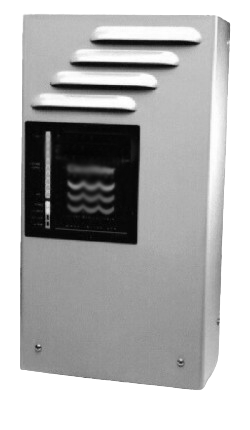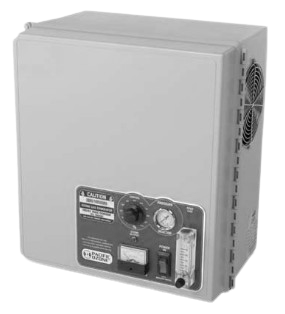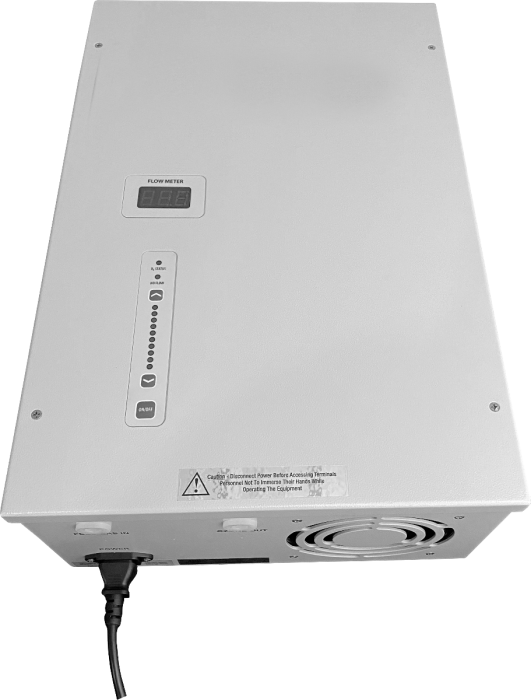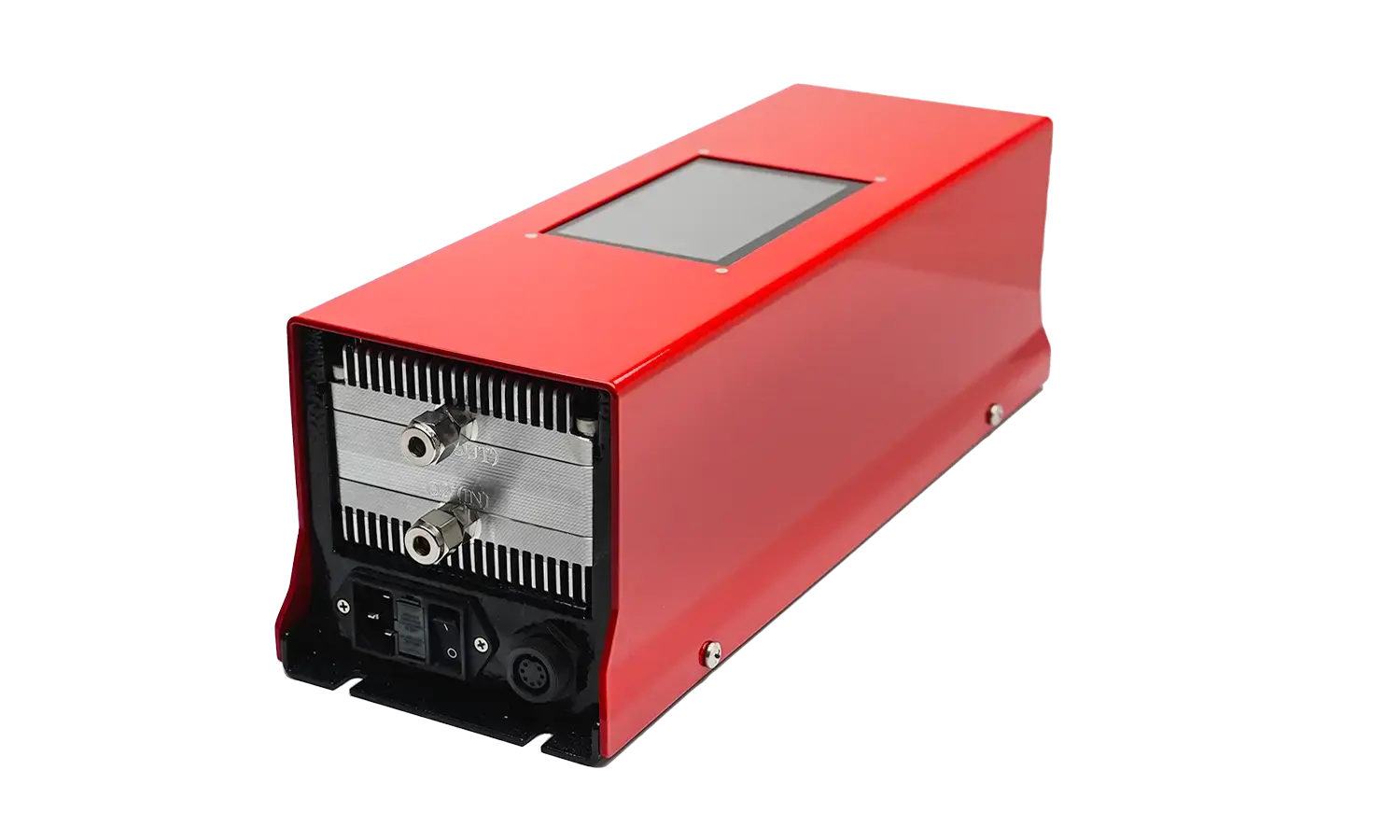Share This Story, Choose Your Platform!
How to Verify Ozone Generator specifications
Are you in the market for an ozone generator but drowning in inconsistent or misleading information from manufacturers? It’s a common struggle. Many manufacturers don’t provide accurate data on ozone production, concentration, and oxygen requirements, making it tough for consumers to make informed decisions.
I’ve experienced this firsthand, and to help navigate this confusion, I have created a guide to help you determine the authenticity of information provided by manufacturers. Additionally, I’ve created a handy calculator that estimates ozone concentration based on production and oxygen flow rate.
Understanding Ozone Generator Data: What to Look For
Manufacturers often present data that needs to align or seem accurate. But fear not! Here are key elements to check for authenticity:
Ozone Production (g/h): This value refers to the amount of ozone generated per hour, indicating the generator’s capacity to produce ozone within a specific time frame. Cross-check this value against the generator’s capacity and power consumption to validate its feasibility.
Oxygen Flow Rate (LPM): It represents the rate of oxygen flow supplied to the generator for ozone production. Oxygen is a crucial factor in ozone generation. Ensure the stated flow rate aligns with the generator’s capacity and matches your specific requirements.
Concentration (% w/w): Calculating ozone concentration is pivotal. If the provided concentration doesn’t match the expected levels based on production and oxygen flow, it’s likely inaccurate.
The Ozone Generator Selector Calculator
To empower consumers, I’ve crafted an interactive calculator. Simply input the ozone production and oxygen flow rate, and the calculator estimates the approximate ozone concentration, dissolved Efficiency in water, and the anticipated amount of ozone dissolved in water.
Ozone Generator Selector by Demand
Approximate Ozone Concentration:
Approximate* Ozone Dissolved Efficiency in Water.
Anticipated Amount of Ozone Dissolved in Water.
While many manufacturers fail to provide accurate data, I’ve come across Absolute Ozone Generators, a brand that stands out for transparency and correct information. Absolute Ozone generators align closely with the provided data, ensuring consumers get what they’re promised.
Are all ozone generators that produce 10 g/h equal in performance for water treatment?
Let’s compare these ozone generators at 10 g/h that required up to 7 LPM with Absolute Ozone NANO 15 g/h working at the same 10 g/h
| OZONE GENERATOR |  |
 |
 |
 |
|---|---|---|---|---|
| Ozone Production | 10 g/h | 10 g/h | 10 g/h | 10 g/h |
| Oxygen Feed Rate | 7 LPM | 4 LPM | 2 LPM | 1.5 LPM |
| Approximate Ozone Concentration | 1.8 %w/w | 3.1 %w/w | 6.3 %w/w | 8.1% w/w |
| Approximate Ozone Dissolved Efficiency in Water | 20 % | 40 % | 70 % | 90 % |
| Anticipated Amount of Ozone Dissolved in Water | 2 g/h | 4 g/h | 7 g/h | 9 g/h |
Not all 10g/h generators are the same. While some can only dissolve 2 g/h of the total produced ozone, Absolute Ozone NANO 15 dissolves 9 g/h. At Absolute Ozone, we aim to protect consumers from wasting money on inefficient ozone generators.
In Conclusion
Navigating through misinformation when purchasing ozone generators can be daunting. By understanding what to look for in manufacturer data and using tools like the calculator provided, you can make informed decisions and avoid falling victim to misleading information. Remember, informed consumers pave the way for better purchases and industry transparency!

